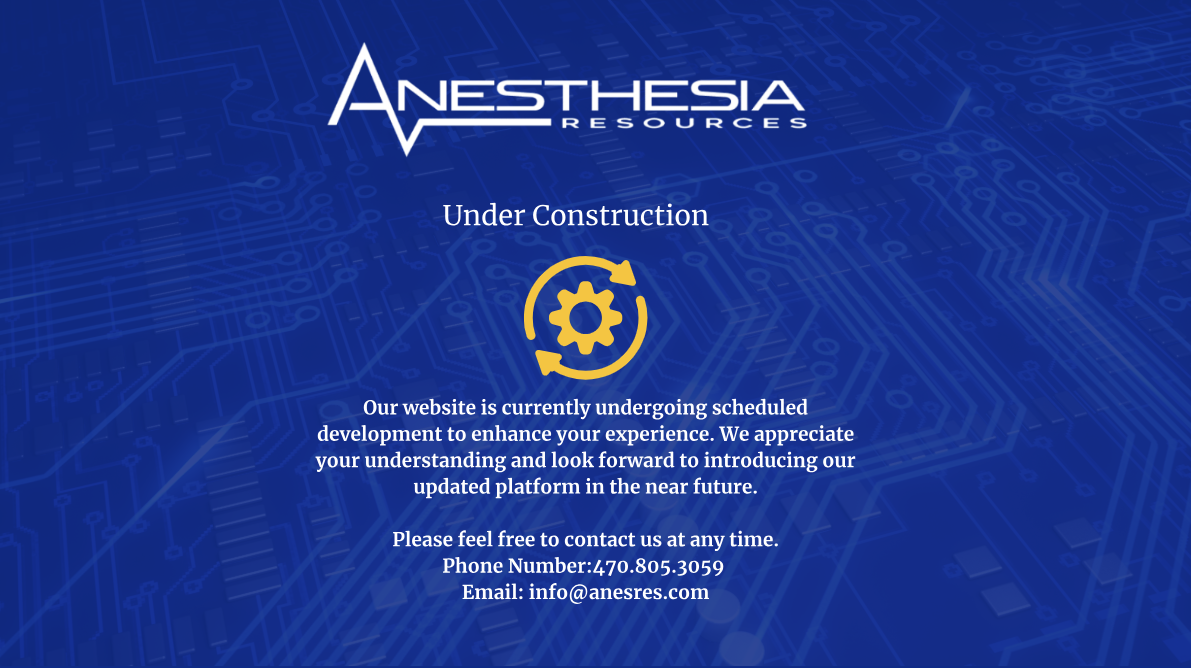Anesthesia Unnecessary for ESIs effective 12/12/2021
Effective December 12th CMS will be implementing changes to its National Coverage Policy.
https://www.cms.gov/medicare-coverage-database/view/lcd.aspx?LCDId=36920
Item 4 under Limitations has been brought to our attention:
Use of Moderate or Deep Sedation, General Anesthesia, or Monitored Anesthesia Care (MAC) is usually unnecessary or rarely indicated for these procedures and therefore, is not considered medically reasonable and necessary.16 Even in patients with a needle phobia and anxiety, typically oral anxiolytics suffice. In exceptional and unique cases, documentation must clearly establish the need for such sedation in the specific patient.
ASA Director of Payment and Practice Management Sharon Merrick has confirmed that ASA’s stance on this issue is included in the ASA’s Statement on Anesthetic Care During Interventional Pain Procedures for Adults which was created by the ASA Committee on Pain Medicine. The statement underwent minor revisions as part of its 5-year review, but the main elements are still in place.
The statement provides examples of when anesthesia care or sedation could be necessary. The version on the ASA website (which should soon be updated to reflect the edits made at the recent HOD) notes that “Significant anxiety may be an indication for moderate (conscious) sedation or anesthesia services. In addition, procedures that require the patient to remain motionless for a prolonged period of time and/or remain in a painful position may require sedation or anesthesia services. Examples of such procedures include but are not limited to sympathetic blocks (celiac plexus, paravertebral and hypogastric), chemical or radiofrequency ablation, percutaneous discectomy, trial spinal cord stimulator lead placement, permanent spinal cord stimulator generator and lead implantation, and intrathecal pump implantation.”
The ASA CROSSWALK® is consistent with this statement but does specifically point out that “Although anesthesia care is not typically required, coverage/payment should not be routinely denied when medically necessary.” A claim for anesthesia care for ESI should include documentation to support that need. The ICD-10-CM coding should include not only the reason the patient needed the procedure, but also the reason the anesthesia was necessary.
2022 Quality Measures for Anesthesia
The 2022 FR provides details on how the Merit-based Incentive Payment System (MIPS), MIPS Value Pathways (MVPs), Alternative Payment Models (APMs) and other features of the Quality Payment Program (QPP) will operate during the 2022 performance year and beyond.
According to the ASA, CMS finalized the anesthesiology MVP for the 2023 reporting year. In 2022, QPP participants will see some modifications to the program, including:
- The MIPS performance threshold will be set at 75 points with an exceptional performance bonus applied to those individuals and groups scoring over 89 points. Individuals and groups receiving less than 75 points will incur a payment penalty on a sliding scale up to 9 percent in 2024, with those scoring under 18.75 points incurring an automatic -9 percent adjustment.
- The quality and cost performance categories will be equally weighted at 30 percent of the total MIPS score. Promoting interoperability and Improvement Activities performance categories will maintain their respective 25 percent and 15 percent weights, respectively.
- The MIPS #44 measure (Coronary Artery Bypass Graft (CABG) – Preoperative Beta-Blocker in Patients with Isolated CABG Surgery) will be retired from the MIPS program.
- The PSH Care Coordination improvement activity is now a “High” weighted improvement activity. The ASA asserts that this designation will reduce group burden on reporting improvement activities by half.
Interestingly, CMS did not finalize its proposal to increase the completeness threshold to 80 percent in the MIPS Quality performance category in 2023 as previously proposed. Instead, CMS will maintain a completeness of 70 percent for the next two years. ASA expects to update its Quality Payment Program website in the next few weeks with regulatory information and the Anesthesia Quality Institute expects to publish its 2022 QCDR measures book by mid-December as well. CMS expects to publish the 2022 MIPS measure specifications and other regulatory guidance within the next few weeks on the QPP website.


